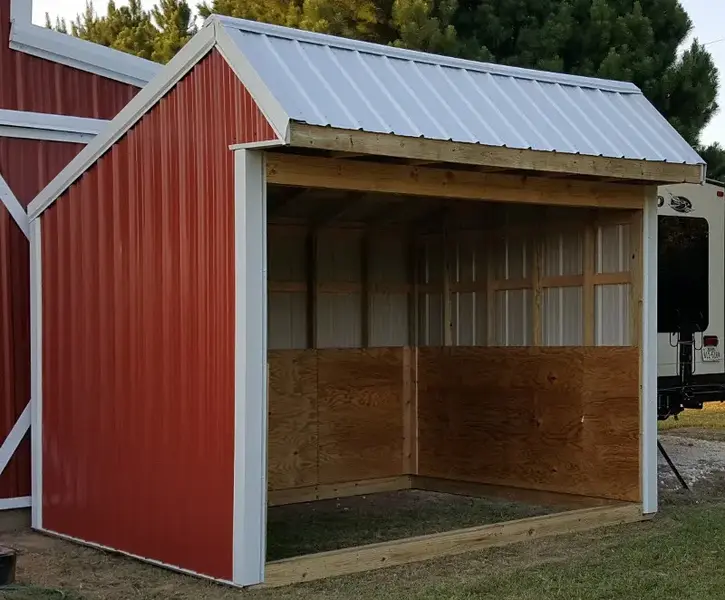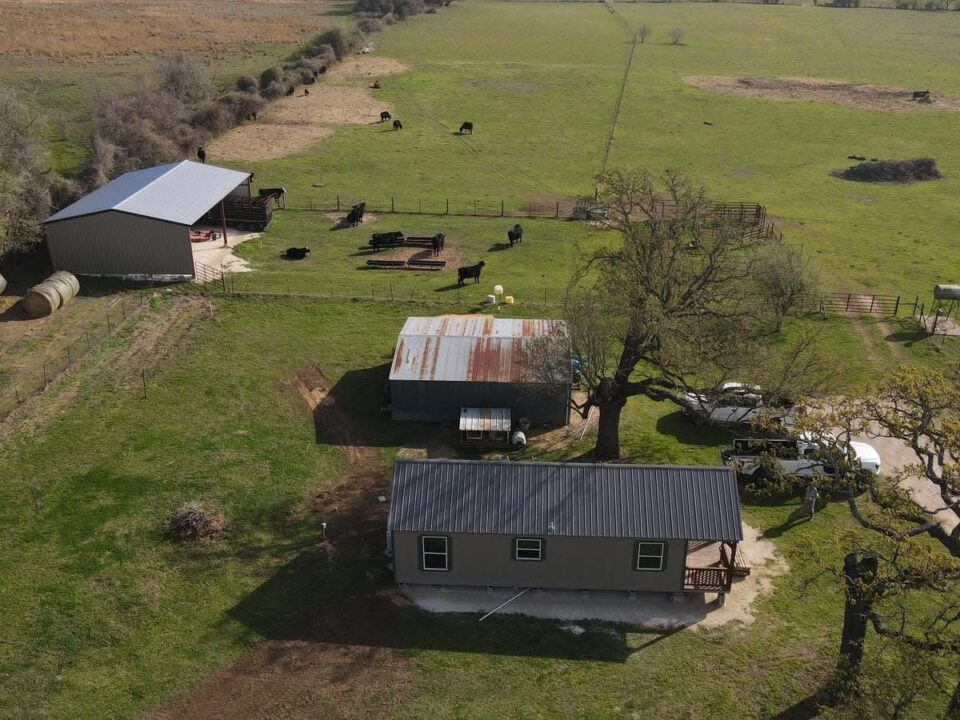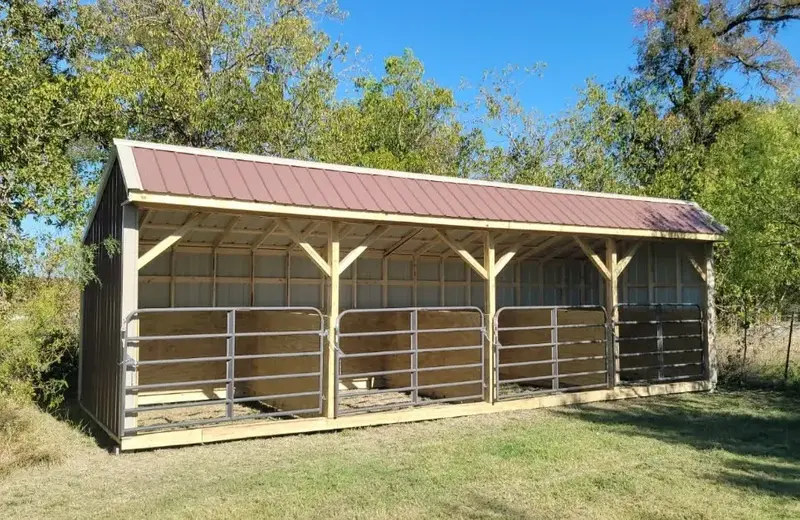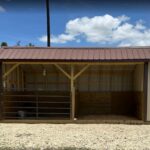
Best Bedding Options for Animal Comfort
August 3, 2025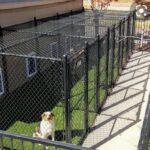
How to Create a Low-Maintenance Dog Kennel Setup
August 5, 2025Shelter Repair Basics 🛠️
When you invest in a barn, loafing shed, or animal shelter, you expect it to stand strong for years to come. Even the best-built structures, however, require upkeep. Learning shelter repair basics protects your animals, saves money on major repairs, and extends the life of your building. Small problems left unchecked quickly turn into expensive fixes—but with a little routine care, you can keep your shelter safe and reliable.
Why Shelter Maintenance Matters 🌦️
Animal shelters are exposed to sun, wind, rain, and temperature swings every day. Roofing materials can loosen, boards can warp, and metal can rust over time. Without routine maintenance, small issues—like a loose screw or minor leak—can escalate into structural damage.
A weak roof can lead to water damage and mold. Rotting boards or unstable walls put your animals at risk of injury. By staying ahead of repairs, you protect both your animals and your investment.
In climates with extreme heat, cold, or frequent storms, regular maintenance is even more critical. Harsh weather speeds up wear and tear, especially on roofs, siding, and foundations.
How to Inspect Your Animal Shelter 👀
A thorough inspection only takes a few minutes but can save you from costly repairs later. Walk around the entire structure, inside and out. Look for:
Loose boards, bent panels, or missing screws
Sagging rooflines or leaking seams
Rust or corrosion on metal hardware
Rotting wood near the ground or foundation
Sunlight shining through gaps in the roof or walls
Check the ground around the shelter as well. Standing water or erosion near support posts can weaken the foundation. After severe storms, inspect the roof for missing panels or lifted edges.
Common Shelter Repairs 🔨
Most repairs involve roofing, siding, doors, or foundation areas.
Roofing: Tighten or replace screws and fasteners. Seal gaps with appropriate materials to prevent leaks.
Siding: Replace cracked boards or rusted panels to maintain structural strength.
Doors and Gates: Hinges, latches, and locks wear down over time. Ensure they’re secure to prevent animals from escaping—or predators from getting in.
Metal Components: Sand rust spots and repaint with rust-resistant paint to prevent corrosion from spreading.
Fixing small issues right away is the best way to avoid big repairs later.
Seasonal Care for Long-Term Durability 🍂☀️❄️
Your maintenance routine should change with the seasons.
Spring: Remove debris from winter storms, check for leaks, and repair water damage.
Summer: Inspect for sun damage or warped boards. Ensure ventilation is working properly.
Fall: Clean gutters, secure roofing, and prepare for cold, wet weather.
Winter: Watch for snow buildup and make sure doors and latches are still easy to use in freezing conditions.
Consistent seasonal care keeps your structure safe and functional all year.
Cleaning and Preventive Measures 🧹
A clean shelter is easier to maintain. Remove old bedding, clear out cobwebs, and keep feeders and waterers off the ground to reduce moisture damage. Sweep or hose down interior floors as needed, especially in high-traffic areas.
Prevent future damage by trimming trees near the shelter that could fall in a storm. Make sure the ground slopes away from the structure to prevent standing water.
When to Call a Professional 📞
While many repairs are simple, major structural issues require professional help. If you notice leaning walls, a sagging roof, or significant rot in support posts, don’t risk tackling it alone. A professional can ensure the building is safe and suggest upgrades for better durability.
Sometimes it’s more cost-effective to replace an aging structure with a new one—especially if your needs have grown or your current building wasn’t designed for long-term use.
Upgrading to a More Durable Shelter 🐐
Wolf Valley Buildings specializes in durable, low-maintenance animal shelters designed to withstand the demands of farm life. Our shelters feature strong materials, secure doors, and customizable layouts that make long-term care easier.
Explore our animal shelters to see options that fit your animals and your property.
For additional guidance on proper upkeep, check out Texas A&M Agrilife Extension, which offers practical advice for farm structure maintenance.
Internal Links:
Feeding Troughs for Loafing Sheds: Complete Setup Guide
🐴 Why Your Animals Deserve More Than Just a Fence

